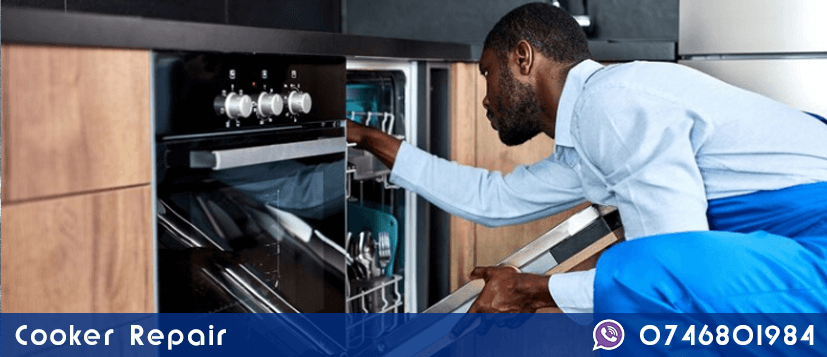Inbuilt Cooker Installation in Nairobi: A Comprehensive Guide
Inbuilt Cooker Installation in Nairobi requires careful planning and execution to ensure safety and efficiency. By understanding the installation process, common problems, and their solutions, homeowners can navigate this process with ease. Additionally, being aware of accessory costs and labor charges enables better budgeting for the installation project. Always remember to hire qualified professionals for installation to guarantee a seamless and safe experience
In Nairobi, the installation of an Inbuilt Cooker is a common necessity for many households. However, this process can sometimes pose challenges, leading to various problems. This article aims to provide an informative guide on Inbuilt Cooker Installation in Nairobi, highlighting common issues encountered during the process and their respective solutions. Additionally, we will delve into the involved procedures and provide insights into accessory costs and labor charges.
Understanding the Inbuilt Cooker Installation Process
The installation of an Inbuilt Cooker involves several steps to ensure safe and efficient operation. These steps typically include:
-
Assessment of Space: Before installation, it's crucial to assess the available space in your kitchen to determine the most suitable location for the Inbuilt Cooker.
-
Gas Connection: For gas-powered Inbuilt Cookers, ensuring a proper gas connection is essential. This involves connecting the cooker to the gas supply line using appropriate fittings and ensuring that all connections are leak-proof.
-
Electrical Connection: If the Inbuilt Cooker includes electric components such as ignition systems or timers, proper electrical connection is necessary. This involves connecting the cooker to the electrical supply and ensuring compliance with safety standards.
-
Ventilation: Adequate ventilation is essential to prevent the buildup of gas or fumes. Installing a ventilation system or ensuring proper airflow in the kitchen is crucial for safety.
-
Testing: After installation, thorough testing of the Inbuilt Cooker is conducted to ensure all components are functioning correctly and there are no gas leaks or electrical issues.
Common Problems and Solutions
1. Gas Leakage
Problem: One of the most common issues encountered during Inbuilt Cooker Installation in Nairobi is gas leakage, which poses a significant safety risk. Solution: Gas leakage can be prevented by ensuring all gas connections are properly tightened and sealed. It's essential to use high-quality fittings and conduct a thorough leak test before using the cooker.
2. Improper Ventilation
Problem: Inadequate ventilation can lead to the buildup of gas or fumes, posing health hazards. Solution: Installing a ventilation system or ensuring proper airflow in the kitchen can mitigate this issue. It's crucial to follow ventilation guidelines specified for Inbuilt Cooker installation.
3. Electrical Malfunction
Problem: Electrical malfunctions, such as faulty wiring or components, can occur during installation, leading to operational issues. Solution: Hiring a qualified electrician to handle the electrical connections and conducting thorough testing post-installation can prevent electrical malfunctions.
Cost Breakdown
Accessories
- Gas Fittings: Ksh 500 - Ksh 2000
- Electrical Wiring: Ksh 1000 - Ksh 5000
- Ventilation System: Ksh 3000 - Ksh 10000
Labor Charges
- Gas Installation: Ksh 2000 - Ksh 5000
- Electrical Installation: Ksh 3000 - Ksh 7000
- Overall Installation: Ksh 5000 - Ksh 12000


